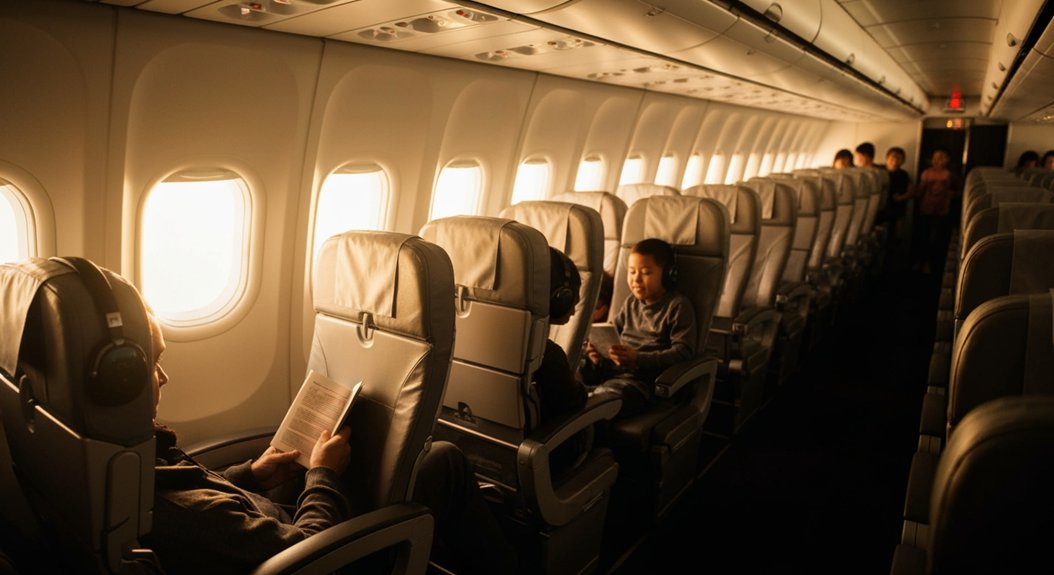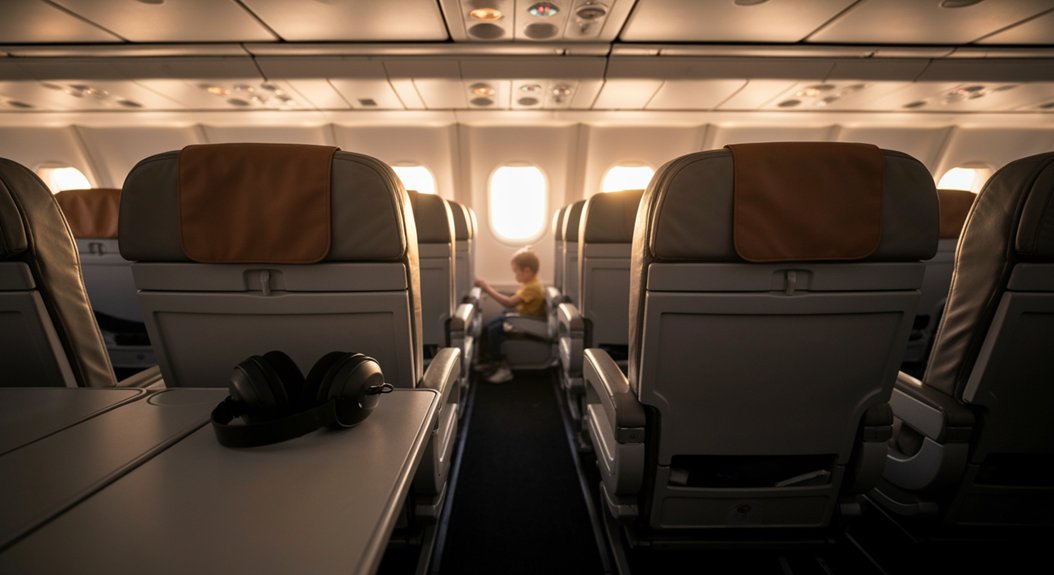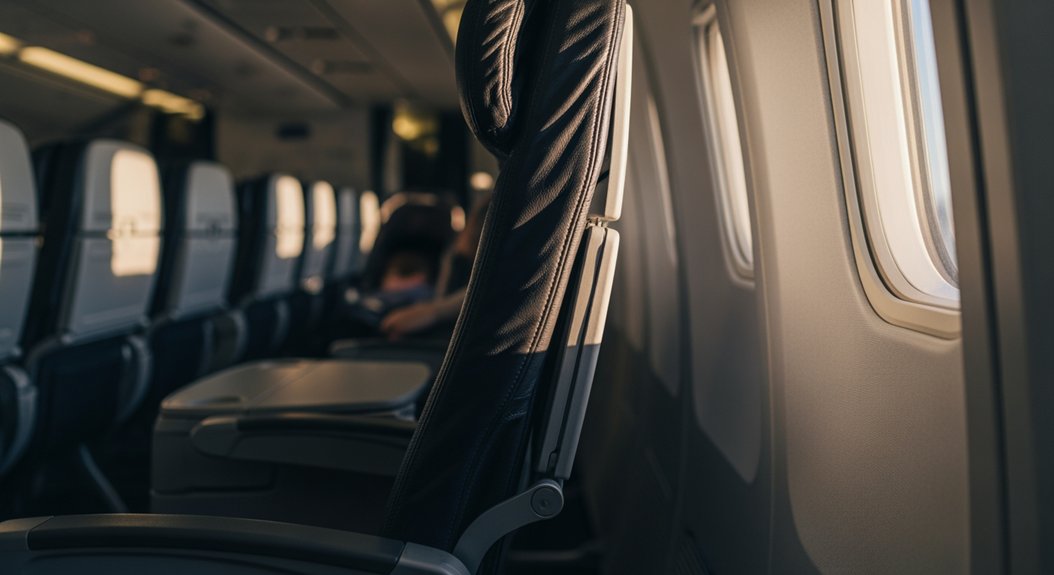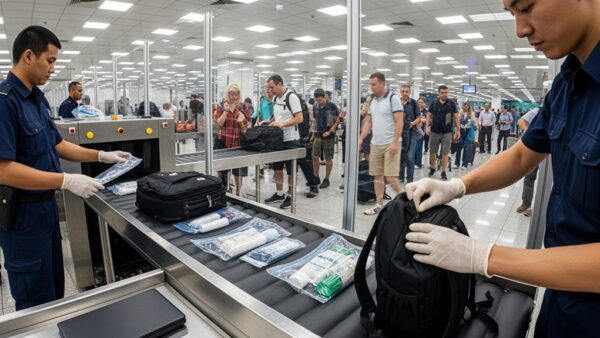Choosing the quietest seat on a plane starts with understanding where families and bassinets tend to cluster. Practical, concise rules steer travelers away from predictable noise sources like bulkheads, galley areas and bassinet rows. Strategic seat selection, timing and airline policies can meaningfully reduce the odds of nearby crying children. The following expert tips explain which zones to avoid and which positions offer the best chance of uninterrupted calm.
Why Seat Choice Matters for a Quieter Flight

Why does seat choice matter for a quieter flight? Seat location materially alters exposure to predictable sources of noise and activity. Experts note passengers can reduce disturbance by choosing zones less favored by families and high-traffic areas.
Bulkhead and partition rows attract parents for bassinets and convenience, increasing movement and interruptions. Rear and side seats on widebodies experience lower traffic and sound levels.
Using airline seat maps, avoiding baby icons, and selecting non-family-favored departure times are simple, proactive steps. Confirming policies on bassinet placement and adult-only sections further enhances control, turning seat selection into an effective noise-mitigation strategy.
Seats to Avoid: Bulkheads, Bassinets and First Rows
In practical terms, bulkhead and first-row seats are magnets for families with infants and toddlers, largely because airlines place bassinets and baby icons there and parents prioritize proximity to lavatories and quick deplaning.
These seats concentrate activity: frequent standing, diaper changes, luggage access and lighting adjustments increase noise and movement. Seat maps often flag bassinets; treat those as warnings. Travelers seeking quiet should avoid rows immediately behind partitions and any seat marked with a baby symbol. Verify bassinet placement with the carrier, watch for family clusters at booking, and prioritize alternatives rather than hoping families will be moved elsewhere.
Best Zones for Silence: Rear and Side Seats Explained

Positioned toward the rear of the cabin and along the outer aisles of widebody aircraft, seats consistently offer the quietest experience because they sit farther from galley and lavatory hubs and from the bulkhead zones favored by families.
Experts recommend targeting tail sections and window or aisle seats on the aircraft sides, where foot traffic and infant activity drop markedly. Avoid center rows near galley islands. On twin-aisle jets, side seats beyond the wing reduce engine noise spill and passenger movement. Passengers should verify seat maps for bassinet icons and choose rear-side locations when prioritizing a low-noise flight environment.
Timing and Airline Policies That Reduce the Chance of Nearby Children
Having established that rear and side seats lower exposure to infant activity, timing and airline rules further reduce the odds of nearby children by shaping when and where families travel.
Flight choice matters: very early-morning or late-night departures see fewer families with infants.
During booking, passengers should inspect seat maps for bassinet or baby icons and avoid bulkhead rows.
Airlines increasingly publish policies on bassinet allocation and some reserve adult-only zones; confirming these rules before purchase narrows risk.
When possible, select non-peak family times and verify assigned seats after check-in to detect last-minute moves into family-designated areas.
Practical Steps to Secure a Quieter Seat Before You Fly

With a few deliberate moves before booking, travelers can markedly reduce the chance of sitting near crying children: review the airline seat map for bassinet or baby icons and steer clear of bulkhead and first-row seats, choose rear or side seats on widebodies, pick flights at times less popular with families (very early morning or late night), and confirm policies or adult-only sections with the carrier—then reconfirm assigned seats after check-in to catch any last-minute reassignments.
Don Morwood’s guidance recommends inspecting seat maps, avoiding marked family zones, calling the airline to verify bassinet locations, and selecting aft or window seats for lower disturbance risk.
















